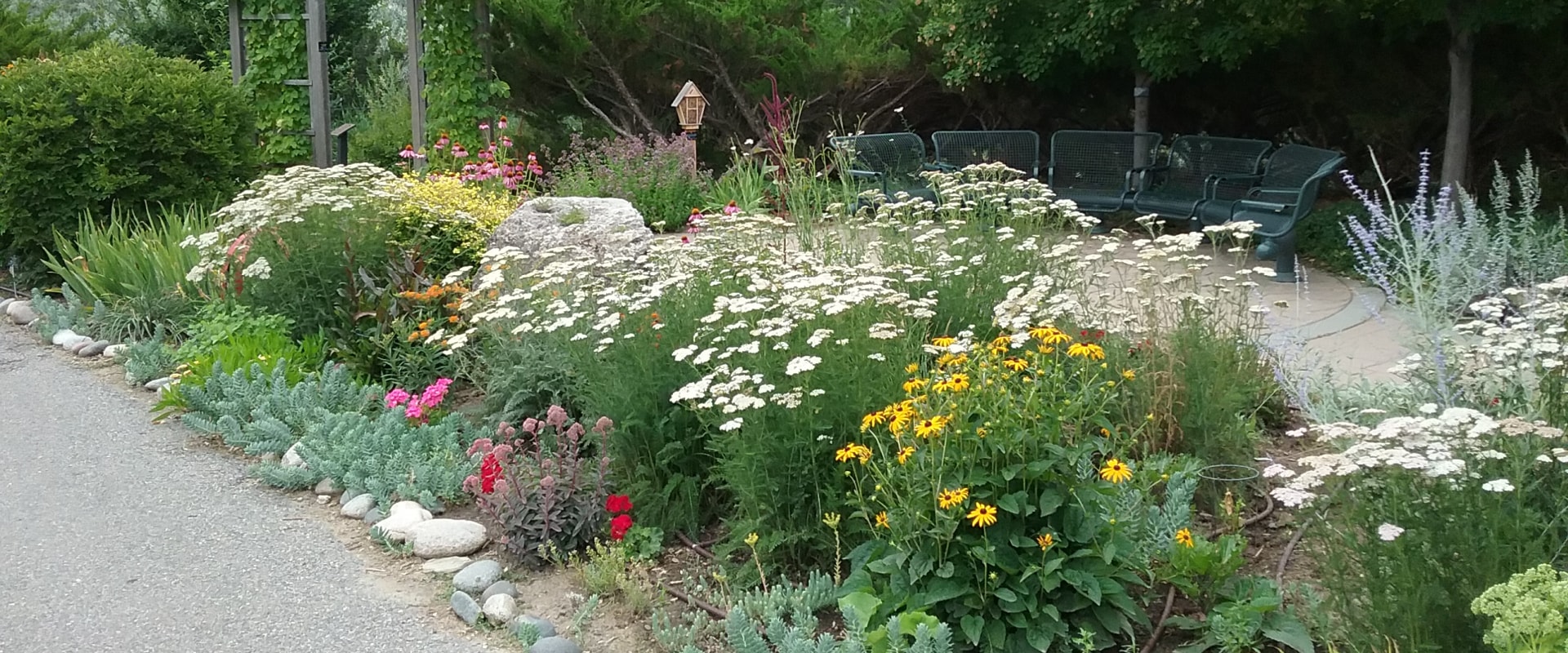Designing a landscape plan is an intricate process that blends creativity with practicality, aiming to transform outdoor spaces into functional, aesthetically pleasing environments. Whether for a private residence, a public park, or a commercial property, there are several key considerations that landscape architects and designers must keep in mind to ensure the success of any landscaping project. Among these, three stand out as particularly crucial: understanding the site's characteristics, integrating the needs and desires of the users, and considering the long-term maintenance and sustainability of the landscape. Incorporating elements such as retaining wall installation can also play a significant role in addressing these considerations by managing soil erosion, creating usable flat areas on sloped land, and enhancing the aesthetic appeal of the landscape.
Understanding the Site's Characteristics
The first step in designing a landscape plan is a thorough analysis of the site's physical characteristics. This includes assessing the soil type, topography, climate, and existing vegetation. Understanding these factors is essential for selecting appropriate plants and materials that will thrive in the local environment. For example, areas with poor drainage may require specific landscaping solutions, such as the installation of French drains or the strategic use of retaining wall installation to manage water flow and prevent soil erosion. Similarly, the site's orientation to the sun and prevailing winds can influence the placement of trees and structures to optimize shade, cooling, and shelter from the wind.
Integrating the Needs and Desires of the Users
A successful landscape design is one that not only looks beautiful but also meets the functional needs and aesthetic preferences of its users. This requires clear communication with clients or stakeholders to understand their vision for the space. For residential projects, this might involve creating outdoor living areas, play spaces for children, or private gardens. In commercial or public landscapes, considerations could include pedestrian flow, seating areas, and accessibility. Features such as retaining wall installation can serve multiple purposes in these contexts, from providing structural support for elevated gardens to creating defined outdoor rooms or seating areas that enhance the usability of the space.
Long-term Maintenance and Sustainability
Sustainability is a critical aspect of modern landscape design, focusing on creating landscapes that are not only beautiful and functional but also environmentally responsible and easy to maintain over the long term. This involves selecting native or drought-tolerant plants to reduce water usage, incorporating organic materials, and designing with future growth in mind to minimize the need for frequent renovations. Additionally, the use of hardscaping elements, like retaining wall installation, can contribute to the sustainability of a landscape by reducing soil erosion and the need for chemical fertilizers and pesticides. Planning for maintenance from the outset—considering how the landscape will be cared for and by whom—is essential to ensure that the space remains healthy and vibrant for years to come.
Incorporating retaining wall installation into a landscape plan exemplifies how functional elements can be seamlessly integrated into the design to address practical concerns while also contributing to the overall aesthetic of the space. Whether used to manage sloped areas, create raised planting beds, or as an architectural feature, retaining walls offer a versatile solution that can enhance both the functionality and beauty of a landscape.



